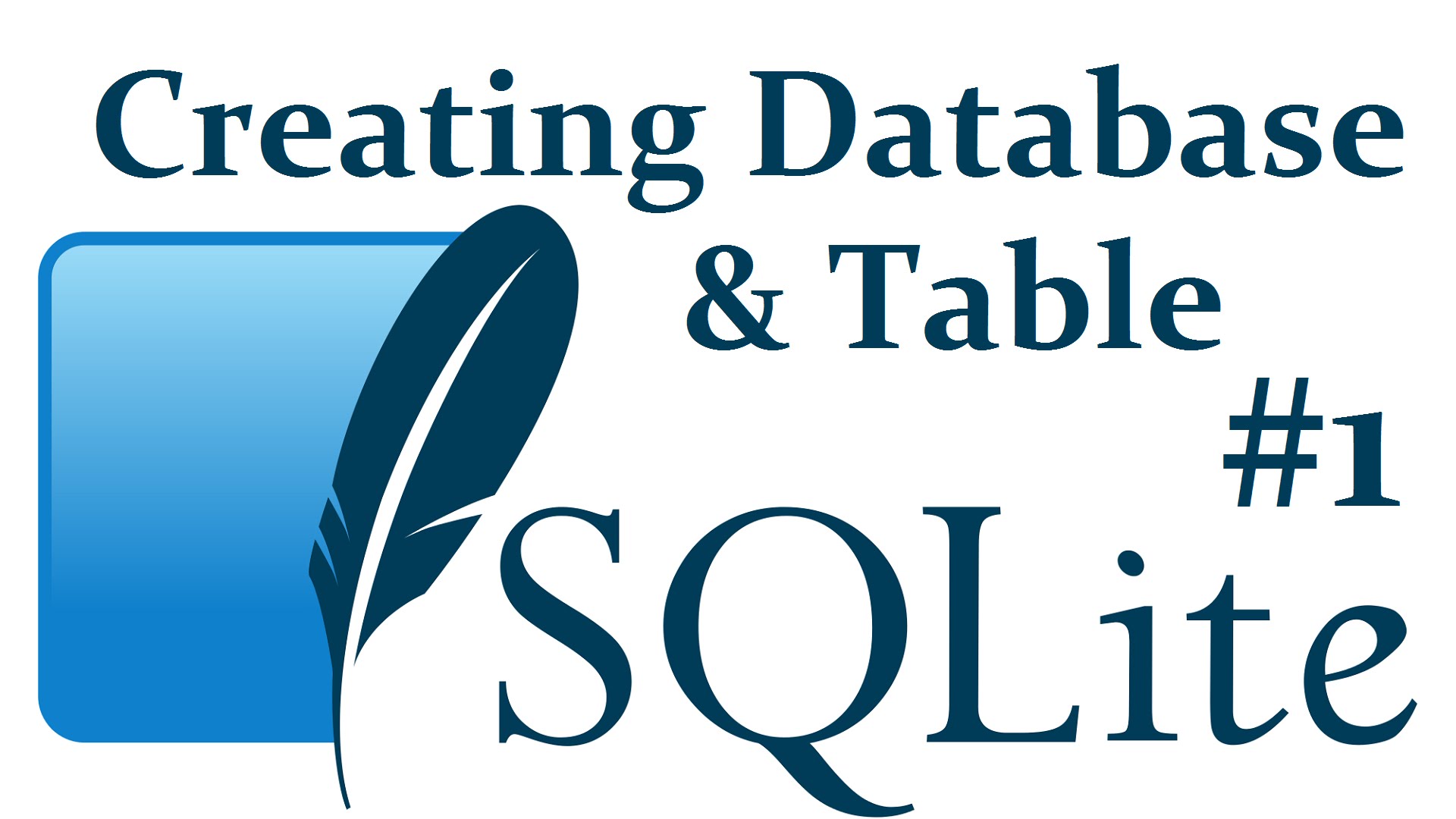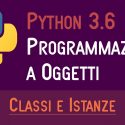Creating a database, table, and inserting – SQLite3 with Python 3 part 1
Welcome to an SQLite mini-series! SQLite, as the name suggests, is a lite version of an SQL database. SQLite3 comes as a part of the Python 3 standard library.
Databases offer, typically, a superior method of high-volume data input and output over a typical file such as a text file. SQLite is a “light” version that works based on SQL syntax. SQL is a programming language in itself, but is a very popular database language. Many websites use MySQL, for example.
SQLite truly shines because it is extremely lightweight. Setting up an SQLite database is nearly instant, there is no server to set up, no users to define, and no permissions to concern yourself with. For this reason, it is often used as a developmental and protyping database, but it can and is used in production. The main issue with SQLite is that it winds up being much like any other flat-file, so high volume input/output, especially with simultaneous queries, can be problematic and slow. You may then ask, what really is the difference between a typical file and sqlite. First, SQLite will let you structure your data as a database, which can easily be queried, so you get that functionality both with adding new content and calling upon it later. Each table would likely need its own file if you were doing plain files, and SQLite is all in one. SQLite is also going to be buffering your data. A flat file will require a full load before you can start querying the full dataset, SQLite files don’t work that way. Finally, edits do not require the entire file to be re-saved, it’s just that part of the file. This improves performance significantly. Alright great, let’s dive into some SQLite.
https://pythonprogramming.net/sql-database-python-part-1-inserting-database/
Playlist: https://www.youtube.com/playlist?list=PLQVvvaa0QuDezJh0sC5CqXLKZTSKU1YNo
https://pythonprogramming.net
Tweets by Sentdex
https://www.facebook.com/pythonprogramming.net/
https://plus.google.com/+sentdex
source






